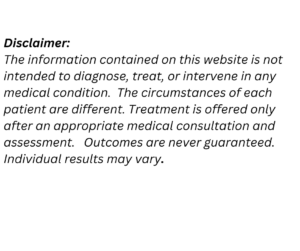“Health is the greatest possession”~ Lao Tzu
Chinese Medicine’s foundational teachings provide guidance and the framework for practices which support health and longevity. These include appropriately using food as medicine. Did you know that most chronic diseases like Type 2 Diabetes, Cardiovascular disease and some autoimmune disorders may be well managed, and symptoms reversed by eating whole foods appropriate for your particular health challenge?
First is Best Practice is Mindful Nutrition.
Centuries ago, Chinese medicine doctors first addressed lifestyle and diet to help their patients heal, using food as medicine, then they would create customized herbal/botanical prescription, and exercise for their patient. Sometimes that was all that was needed to reverse or resolve a particular health concern. In our clinic we still employ these foundational principles – lifestyle medicine – to help our patients meet their health goals.
Eating based on the season using locally sourced, and organic whole foods is paramount to getting the most nutrient dense foods that are beneficial to promoting health and vitality. The farmer’s markets are a wonderful place to shop for what’s in season.
Eating based on person’s constitution: this concept may be new to most. For example, if you tend to get colds often, or have frequent digestive concerns, we create a customized food plan to correct the imbalances in your body, so that it can do what it was naturally meant to do; heal itself.
In this season – winter – we recommend eating slow-cooked meals like nourishing soups and stews, incorporating root vegetables, and warming spices like ginger, cinnamon, nutmeg and cloves.
Parsnip Soup with Orange & Ginger – 4 servings (Makes 5-1/2 cups)
Tips: Omit the tearful chopping work by using frozen chopped onion in this quick recipe.
Because this is a soup, the onion does not have to be defrosted before you toss it into the pot.
For a lighter colored soup, use a 50-50 mixture of homemade or store bought vegetable broth &
water. It can be served warm or cold. Look for fresh, moist parsnips on the small side with
fairly smooth, root-free skin. To cook the parsnips, they are added after the ginger and before the
flour. Make ahead: The soup can be refrigerated, minus the cream, for up to 5 days.
Ingredients
1 Tablespoon plus 2 tsp unsalted butter (vegan substitutes ok)
1 cup chopped onion (see note above)
1 pound parsnips
1 large orange
1” piece ginger root (or more as desired)
1 Tablespoon flour (gluten free 1:1 option is best)
2-1/2 cups homemade or store bought Organic vegetable broth
Himalayan pink sea salt, to taste
Fresh cracked pepper to taste
1/2 cup water, or as needed
1/2 cup light cream (coconut cream is suitable substitute)
Garnish: Cilantro and or Parsley
Melt the butter in a large saucepan over medium heat. Add the onion and cook for 5-8 minutes,
stirring often, until the onion is softened but not colored. Meanwhile, peel the parsnips, then cut them into small pieces of equal size. Grate the zest of the orange over the onion in the saucepan, then squeeze the juice of the orange into a liquid measuring cup.
Grate the ginger into the saucepan. Add the parsnips and flour. Stir to incorporate. Increase the
heat to medium high, stirring in the broth gradually so the flour doesn’t clump together. Once
the mixture comes to a boil, reduce the heat to medium low. Cover & cook for about 20 minutes.
Working in batches, transfer ladles full of the mixture to a blender, or better yet, use an
immersion blender. Puree to form a smooth soup, then pour into a mixing bowl. Season with
salt to taste. If soup is too thick, add water or broth as needed.
Pour the soup back into the saucepan and warm through over medium-low heat. Stir in the
orange juice.
When serving, swirl a little cream into each bowl of soup. Garnish with chopped parsley, and or
cilantro. Enjoy!
( For an even more robust soup, include roasted butternut squash and carrots)
Check back for the remaining 2 best practices from Chinese Medicine for health and longevity.







